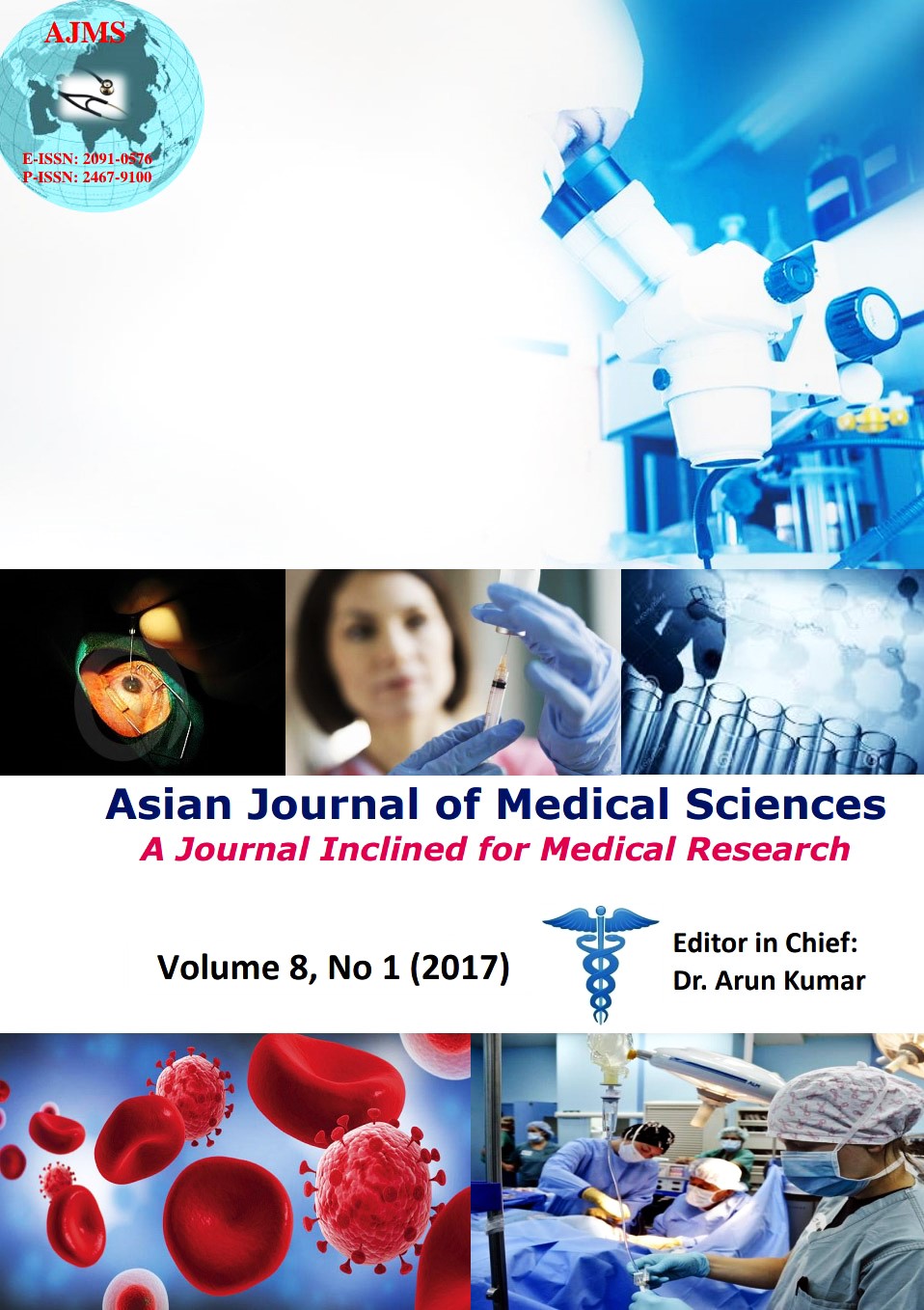An open label randomized comparative study on axillary vis a vis supraclavicular approaches for brachial plexus block in forearm surgery
Keywords:
Regional block, axillary block, supraclavicular block, upper limb surgeryAbstract
Aims and Objectives: Regional anesthesia like brachial plexus blocks are increasingly practiced now a day’s avoiding the complications of general anesthesia for upper limb surgery. Among the many techniques axillary and supraclavicular approaches are common though both have its merits and demerits. This study was planned to compare these two techniques in terms of onset, completion time of sensory and motor blockade, its duration and overall success during upper limb surgeries.
Materials and Methods: After obtaining institutional ethics committee approval and written informed consent, 100 patients of American Society of Anesthesiologists grade I or II scheduled for forearm and hand surgeries were included in the study and were randomly allocated into two groups. 30ml of the 0.5% bupivacaine was injected either by supraclavicular or axillary route by a single trained experienced anesthetist. The onset and completion time of sensory and motor blockade, its duration and overall success were noted and the collected data was statistically analyzed.
Results: The patients (n=100) predominantly female (56%) with comparable demographic profile found to have equal efficacy in onset of sensory block, extent of motor blockade, duration of block (analgesia) in both the group. However considering overall effectiveness of the techniques including their failure rates, axillary approach appeared to be more acceptable and a better technique (p<0.05).
Conclusion: Axillary approach could be a safer choice among regional block for the conduct of upper limb surgery.
Asian Journal of Medical Sciences Vol.8(1) 2017 71-76
Downloads
Downloads
Published
How to Cite
Issue
Section
License
Authors who publish with this journal agree to the following terms:
- The journal holds copyright and publishes the work under a Creative Commons CC-BY-NC license that permits use, distribution and reprduction in any medium, provided the original work is properly cited and is not used for commercial purposes. The journal should be recognised as the original publisher of this work.
- Authors are able to enter into separate, additional contractual arrangements for the non-exclusive distribution of the journal's published version of the work (e.g., post it to an institutional repository or publish it in a book), with an acknowledgement of its initial publication in this journal.
- Authors are permitted and encouraged to post their work online (e.g., in institutional repositories or on their website) prior to and during the submission process, as it can lead to productive exchanges, as well as earlier and greater citation of published work (See The Effect of Open Access).




